James Presentation is here:
SatellitesSat. May 24, 2025 – Charts
Charts
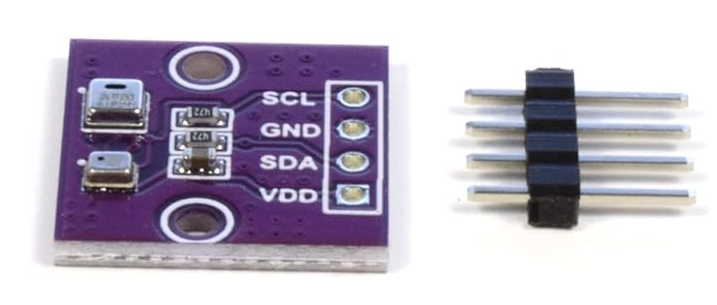
A continuation of Pi Pico SD Card. With the addition of humidity and barometric pressure and more fun with the charting. Deid’s presentation notes are here.
Sat Mar 22, 2025 – Controlling Motors with Raspberry Pi/ESP32s
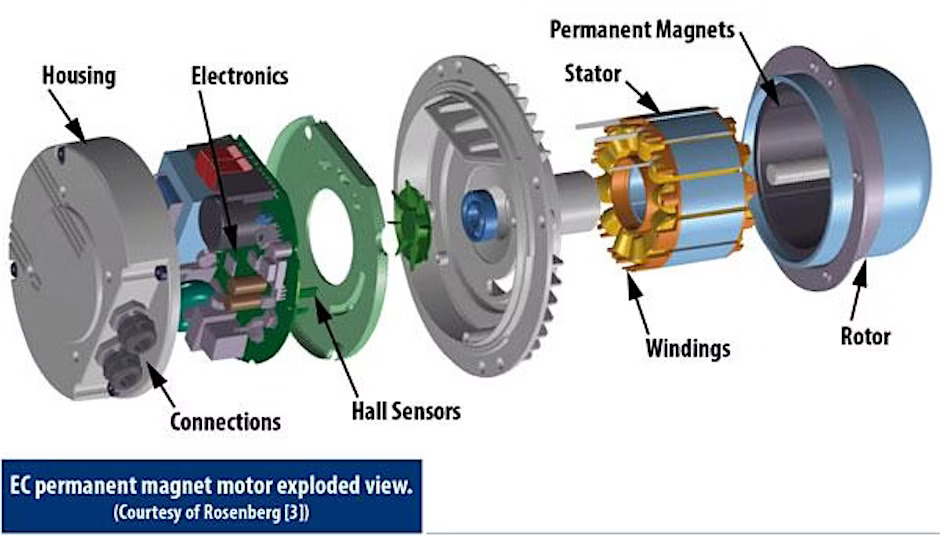
Explore the different types of motors that can be controlled with a Raspberry Pi or ESP32, and the software interfaces to drive them.
James presentation pdf is here.
2025-mar22-Presentation_motors_1_V0Dave’s presentation pdf is here.
MotorsGeorge’s presentation, Rotating webcam.
Left to right: AC to 5v wall wart, ULN2003 driver module, 28BYJ-48 geared stepper motor, ESP32CAM. Software was modified from Random Nert Tutorials.

Where: Quality Foods, View Royal, 27 Helmcken Rd #110
When: 9:30-10a Beverages & Conversation
10a Presentation
This is a Hybrid meeting (in-person and on Jitsi)
NOTE: The online server is only available during meeting times, so if you click on the link below and it doesn’t work then there is no meeting and this is normal.
Join Us Online here:
Sat Mar 9 2024 – Running AI at home on a Raspberry Pi
Craigs presentation notes are here. http://www.makikiweb.com/Pi/ai_on_the_pi.html
8:45-9:00a Coffee & Conversation
9:00a Presentation
PLEASE NOTE: earlier time for this meeting. There is another group who will be using the room at 10:45a.
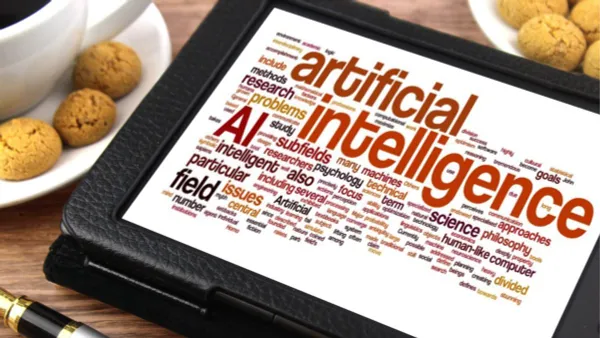
AI is not just for the big guys any longer. It is possible to run an Artificial Intelligence program on your Pi 4 or Pi 5. In this presentation, we’ll learn about how to run an several AI models on the Pi, the advantages and disadvantages of each.
We’ll open the floor to ask the AI questions (via a web interface on the local network), so bring a laptop, all over IPv6!
This is a Hybrid meeting (in-person and on Jitsi).
Join Us Online here:
Learn Python on a Pico
Saturday, July 8th 9:30 am til noon and Saturday July 15th 9:30am till noon.
At Quality Foods Eagle Creek Shopping Center in the upstains boardroom
Register here: https://forms.gle/py3BzTUxfyfPj67o8
You need to bring a laptop:
- A windows laptop or
- Linux laptop or
- chromebook with linux enabled.
We loan you
- A Raspberry Pi Pico with LED and temperature sensor
- A micro USB cable
You build a digital thermometer that can
- Report the highest and lowest temperatures of the last 24 hours
- Signal when a room is dangerously overheated
Here is a description of the class
Sat. May27th, 2023 – Scooter Speedometer

Deid will share his Scooter Speedometer project with us.
Event topics
Robotics Microcontrollers Arduino Electronics Education & Technology
9:30-10a Cocktails & Conversation
10a Presentation
This is a Hybrid meeting (in-person and on Jitsi).
Small Boardroom @ Quality Foods, 27 Helmcken Rd #110 · View Royal
Join Us Online here:
Sat, May 13, 2023 – Projects Day
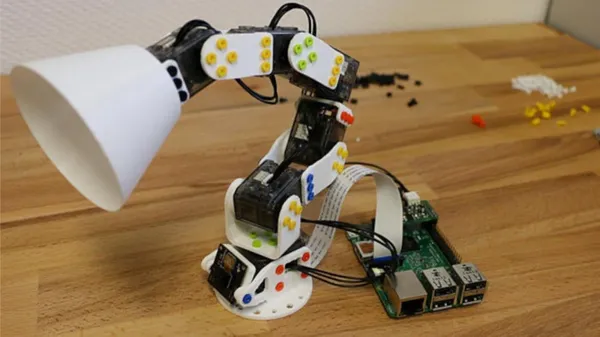
We will be having a discussion about Projects that we are working on, but haven’t shared with the group. These can be projects that are successful or ones that just didn’t work out and have been abandoned. We’ll enjoy hearing about other’s projects, and perhaps even offer to help.
9:30-10a Cocktails & Conversation
10a Presentation
This is a Hybrid meeting (in-person and on Jitsi).
Small Boardroom @ Quality Foods, 27 Helmcken Rd #110 · View Royal
Join Us Online here:
https://meet.vinnythegeek.ca/vicpimakers
Sat. Apr 22, 2023 – Hydroponics and the esp32
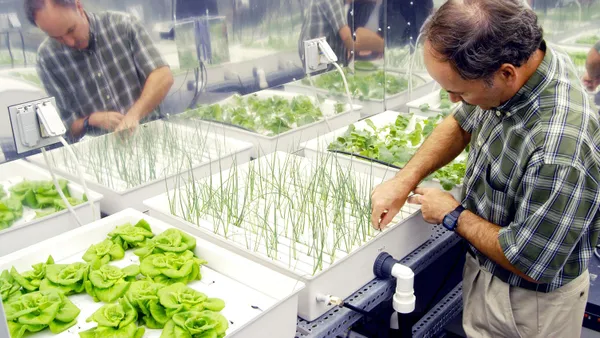
Joel will be presenting a hydroponics controller based on the esp32 and connected to a raspberry pi using home assistant. Here are some links to home assistant and associated sites.
https://www.home-assistant.io/
Joel’s presentation .pdf is here.
HydroponicsController9:30-10a Cocktails & Conversation
10a Presentation
This is a Hybrid meeting (in-person and on Jitsi).
Small Boardroom @ Quality Foods, 27 Helmcken Rd #110 · View Royal
Join Us Online here:
https://meet.vinnythegeek.ca/vicpimakers
Sat. Jan 14 2023 – GIPO on the Quadra
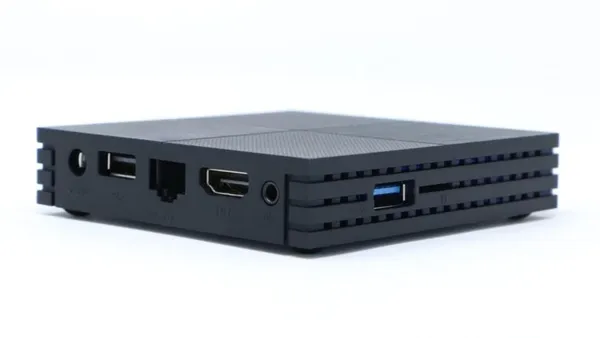
Deid will show us how to use GPIO (General Purpose Input Ouput) pins on the Quadra
9:30-10a Cocktails & Conversation
10a Presentation
We will be holding a Hybrid meeting (in-person & Jitsi).
In Person – Small Boardroom @ Quality Foods, 27 Helmcken Rd #110 · View Royal
Online – https://meet.vinnythegeek.ca/vicpimakers
Deid’s presentation is here: http://deid.ca/pi/quadraGpio/
Sat. Dec. 10, 2020 – T’is the Season
T’is the season for bright lights and Raspberry Pi fun.
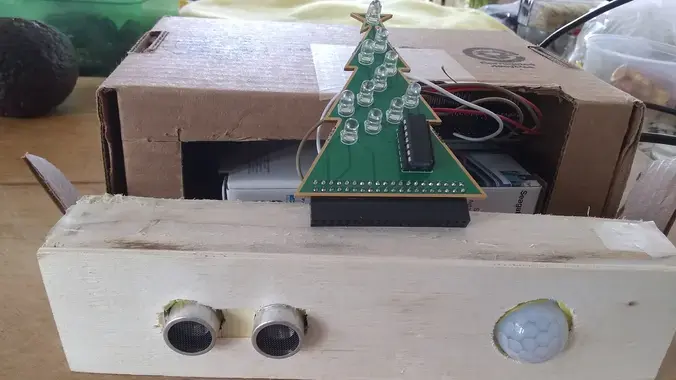
In this talk we’ll look at a ModMyPi Programmable Christmas Tree (MMP-1021), which sits atop the 40 pin header and presents a set of individually controlled LEDs. The trick to practical and easy use of the tree is via GPIOZERO, a fantastic python module. We’ll integrate some sensors as well, since GPIOZERO makes them very easy.
9:30-10a Cocktails & Conversation
10a Presentation
Small Boardroom @ Quality Foods, 27 Helmcken Rd #110 · View Royal
Sat. Nov 12, 2022 – BASIC on the Pi Pico

Move over Micropython, Deid has BASIC running on a Pi Pico, and he is going to show us how he did it.
We will be holding a Hybrid meeting (in-person & Jitsi).
Quality Foods View Royal
27 Helmcken Rd #110 · Victoria, BC
https://meet.vinnythegeek.ca/vicpimakers
Deid’s presentation notes are here: http://deid.ca/pi/piPicoBasic/
Sat. Oct 22, 2020 – Old Man Savers

George will share his old man savers. Consumer kitchen appliances are designed for one size fits all, not for my personal needs. My needs change as I age, and I need alerts for faults.
- I like to turn off my drip coffee maker as soon as coffee is brewed. If I forget, it wastes electricity (500watts) and spoils the coffee. If I forget to insert the carafe, I’ve got a mess. A timed relay with a contact sensor for the carafe solves the problem.
- So as not to overcook the meat, I turn off my induction hot plate based on a thermistor inserted into the meat to trip a relay to power off the hot plate.
- A centralized monitor and alarm system, with text message notifications, can be tailored to one’s specific needs. My monitoring system needs to include at least 9 sensors:
- Exterior door that gets left ajar.
- Bathroom light gets left on
- Bathroom water flooding
- Fridge power lost
- Fridge temperature too high
- Freezer power lost
- Freezer temperature too high
- Exterior hall temperature
- Smoke detector
George’s presentation is here: https://docs.google.com/presentation/d/107pIcvgMJfG5TxZLBdD5MD1n3QWQPcR2-Dehy2xVzjI/edit?usp=sharing
His code .pdf file is here:
9:30-10a Cocktails & Conversation
10a Presentation
QCollege has welcomed us back to meet in-person. We thank them for their support.
We will be holding a Hybrid meeting (in-person & Jitsi).
Sat., June 11, 2022 – Marine GPS on a Pi
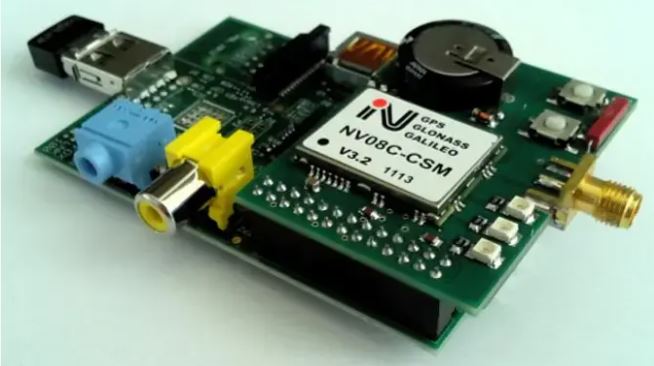
Dave will share his work in running Marine Navigation on a Pi including:
- hardware requirements
- how the zero could be used, but there are drawbacks
- I was unable to get a pi 4
- at George’s suggestion, I decided to go with the pi 400
- hardware modifications to integrate the GPS unit within the pi 400 case
- introduction to and a brief overview of the OpenCPN Chart Plotter Navigation software
- some ideas I have to make a more “system-critical” GPS solution (will implement if I have time)
9:30-10a Cocktails & Conversation (virtual)
10a Presentation
QCollege has welcomed us back to meet in-person. We thank them for their support.
Virtual…
Sat. Apr. 9, 2022 – Power Control
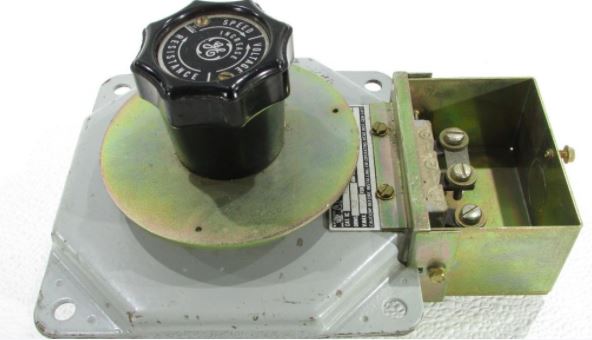
Show and Tell of how you are controlling the world (or at least your part of it) with an AC Power Control project. All are invited to share in this meeting.
QCollege, Suite 303 771 Vernon Ave · Victoria, BC, has welcomed us back to meet in-person. We thank them for their support.
We will be holding a Hybrid meeting (in-person & Jitsi). https://meet.vinneythegeek.ca/vicpimakers
Deid’s link: http://deid.ca/pi/power
Sat. Mar. 12, 2022 – Available Project Parts
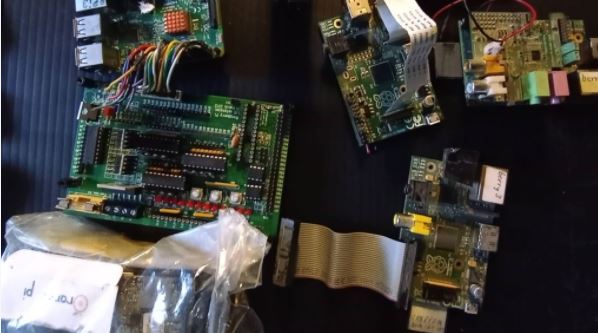
George will cover the parts that were donated by Chris Beech’s estate, and are available for projects.
9:30-10a Cocktails & Conversation (virtual)
10a Presentation
The parts list is here: https://photos.google.com/share/AF1QipMnaZUAg8kaV6HsAw2v57po7gMws3laRvcnWt_fJohsp7SPemczNiPSLXnMXPVC9Q?pli=1&key=dzNtR2NLendQRWVfejY2SDFzMXZPRnRqTHJ2NmtR
Sat. Mar 12, 2022 Project Parts
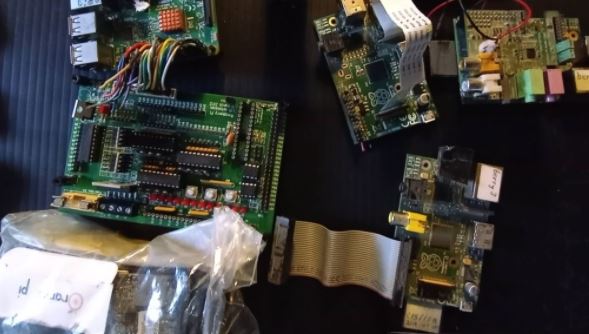
George will cover the parts that were donated by Chris Beech’s estate, and are available for projects.
9:30-10a Cocktails & Conversation (virtual)
10a Presentation
Sat. Jan 8, 2022 – Infrared Data Communications Part 2 (virtual)
9:30-10a Cocktails & Conversation (virtual)
10a Presentation
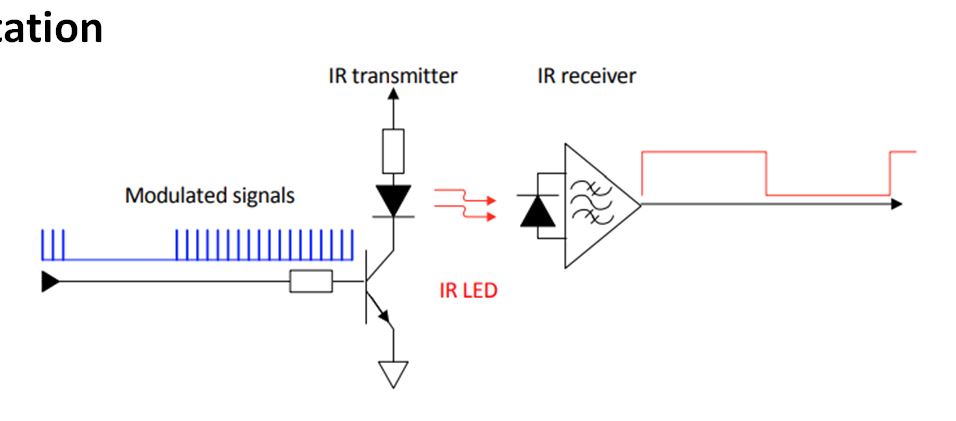
Jim will cover the details of Infra-Red Communications, including basic components (emitter & receiver), data encoding methods, external components & software, how to generate pulses, and how to receive pulses on the Pi Pico.
Sat. Nov. 13, 2021 – Infrared Data Communications
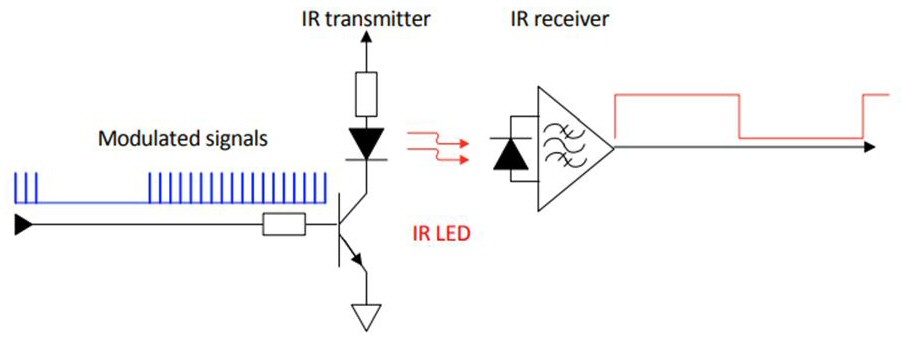
Jim Briante presenting
9:30-10a Cocktails & Conversation (virtual)
10a Presentation
Jim’s Presentation Notes are here.
IrDA Infrared communication
Infrared Emitting Diode
• Angle of half intensity: ϕ,
• Relative radian power vs wave length
Infrared Receiver
• Series for remote control
• Automatic gain control (AGC)
• Data format compatibility
Data Encoding Methods
• Pulse distance encoding, Pulse width encoding, Manchester bi-phase encoding
Basic IR System –IR emitter/receiver
• External components/software
• Generating Pulses
• With PSoC PWM interrupts
• Raspberry Pi Pico State Machine
• Receiving Pulse
• Raspberry Pi Pico using interrupts
Single Pulse Application Example
IR Receiver for Continuous Data Communication
• What works for RS-232 data transmission and why?
Project Utilising IR emitters/Receivers using RS-232 Communication
Reference
Sat 25 Sep 2021 – Intro to Pi and Others Discussion
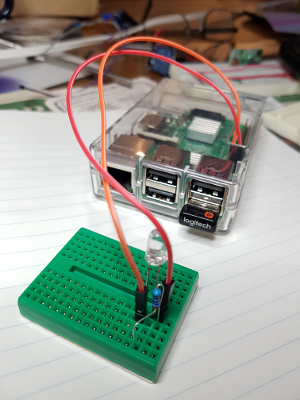
Intro to Pi & Others Discussion. We will review the course materials, and discuss improvements, and getting the word out.
Intro to Pi & Others is a four part series with each session building on the previous sessions, where Pi basics of software and hardware will be explored.
9:30 AM to 11:30 AM PDT
Sat. June 26, 2021 – HW Additions to automate Pi

9:30 AM to 11:30 AM PST
Don will share with us some cool hardware additions to automate your Pi.
9:30-10a Cocktails & Conversation
10a Presentations
Presentation material is here.
Jitsi Virtual Meeting
https://meet.vinnythegeek.ca/vicpimakers
Please contact markg@vicpimakers.ca if you are having trouble connecting to the meeting server.
Sat. June 12, 2021 – Prototyping
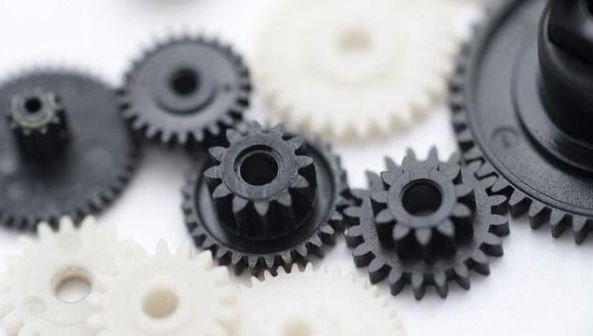
9:30 AM to 11:30 AM PST
Jim will share with us his secrets in Prototyping projects, from concept to breadboarding, prototyping and printed circuit
board.
The discussion will touch on hardware/software tools used in each of the phases with focus on methods of prototyping and assembly.
See the presentation .pdf here.
9:30-10a Cocktails & Conversation
10a Presentations
Jitsi Virtual Meeting
https://meet.vinnythegeek.ca/vicpimakers
Please contact markg@vicpimakers.ca if you are having trouble connecting to the meeting server.
Sat. April 24 2021 – Displays
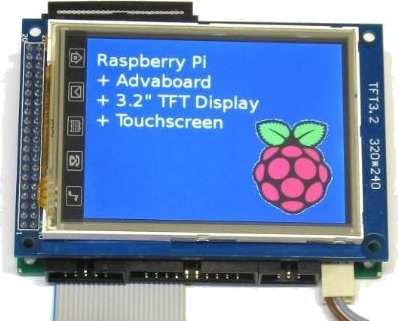
9:30 AM to 11:30 AM PST
Lynn will share with us the many Display options available for embedded systems.
9:30-10a Cocktails & Conversation
10a Presentations
Jitsi Virtual Meeting
https://meet.vinnythegeek.ca/vicpimakers
Please contact markg@vicpimakers.ca if you are having trouble connecting to the meeting server.
Get Lynn’s presentation here.
Sat. Apr 10, 2021 – Sensors Part 2
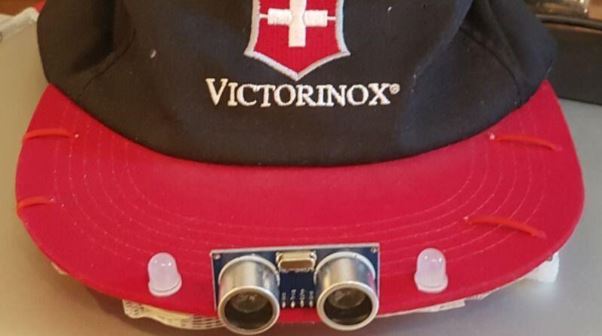
Deid and others will share what sensors they have been using to sense the real world and report it to the computer world.
9:30 AM to 11:30 AM PST
Jitsi Virtual Meeting
https://meet.vinnythegeek.ca/vicpimakers
Please contact markg@vicpimakers.ca if you are having trouble connecting to the meeting server.
Click to page 2 for presentation links and images.
Sat. Mar. 13, 2021 – Hardware Containers

Now that you have the world’s most useful project, it is time to package it up so the world doesn’t break it. We’ll discuss using different packaging containers to protect your project.
9:30 AM to 11:30 AM PST
Jitsi Virtual Meeting
https://meet.vinnythegeek.ca/vicpimakers
Please contact markg@vicpimakers.ca if you are having trouble connecting to the meeting server.
George’s packaging presentation: https://docs.google.com/document/d/1ivUou7D7rNFYmZPl1GAi4F6A5dP52ewsqoxxl0eUt5c
Deid’s packaging presentation: http://drsol.com/~deid/pi/packaging/
